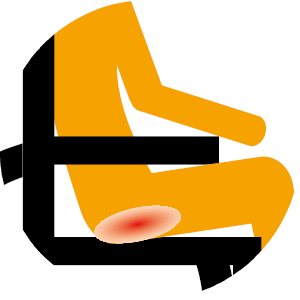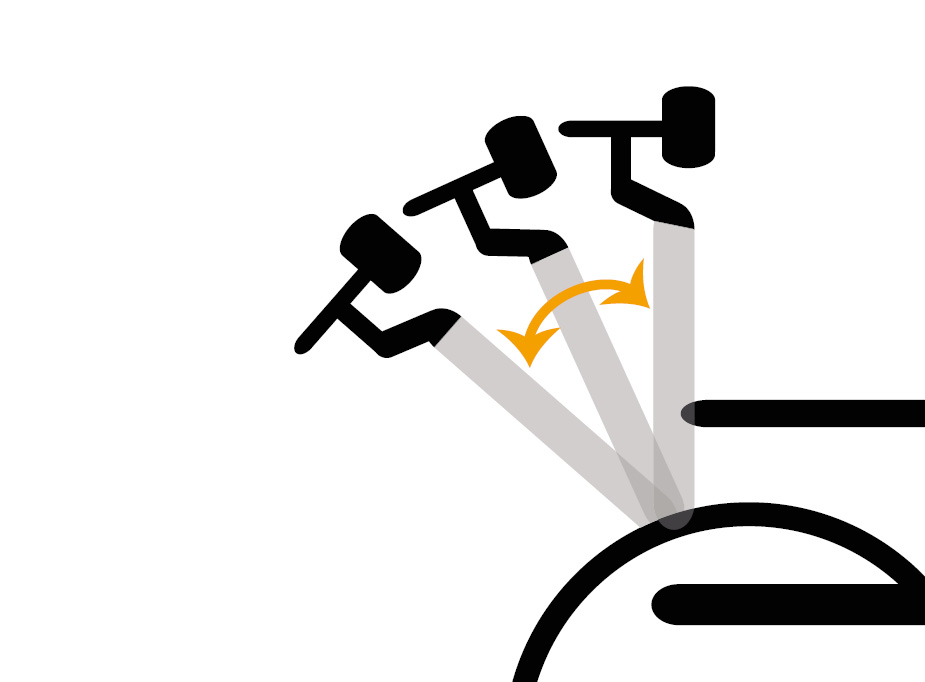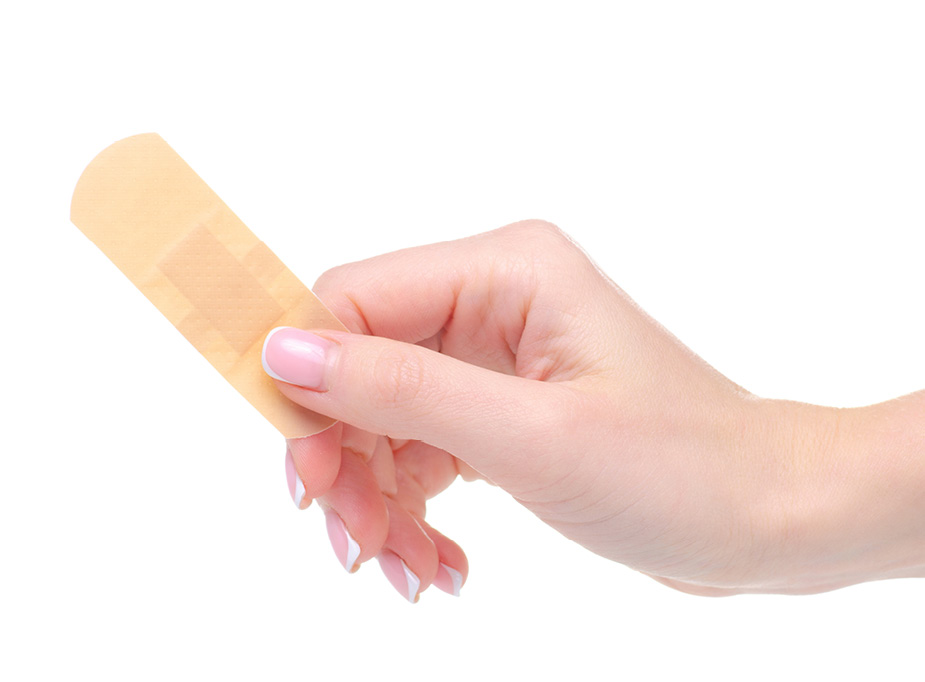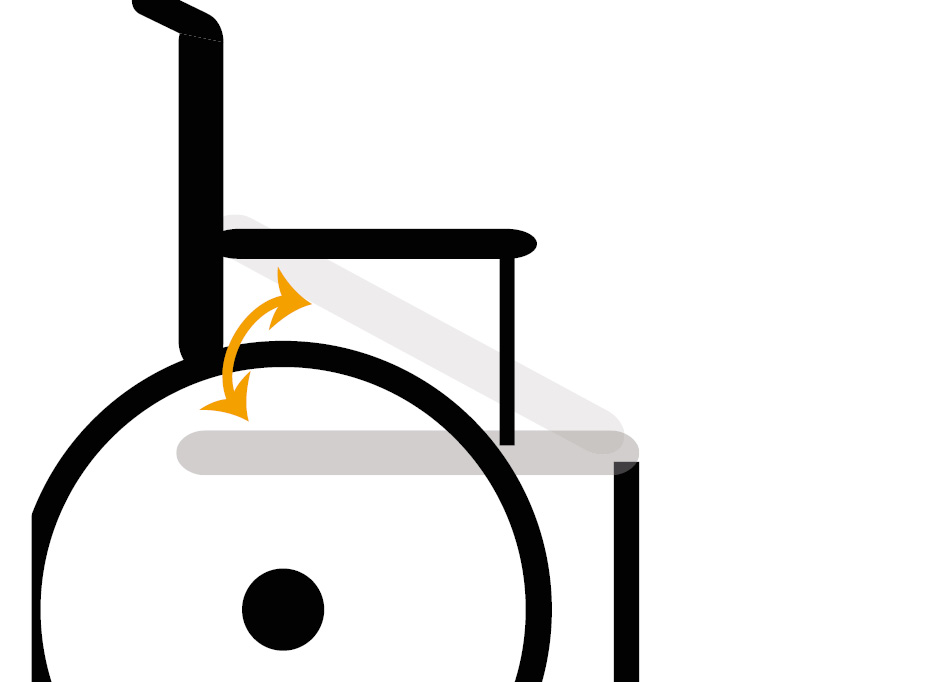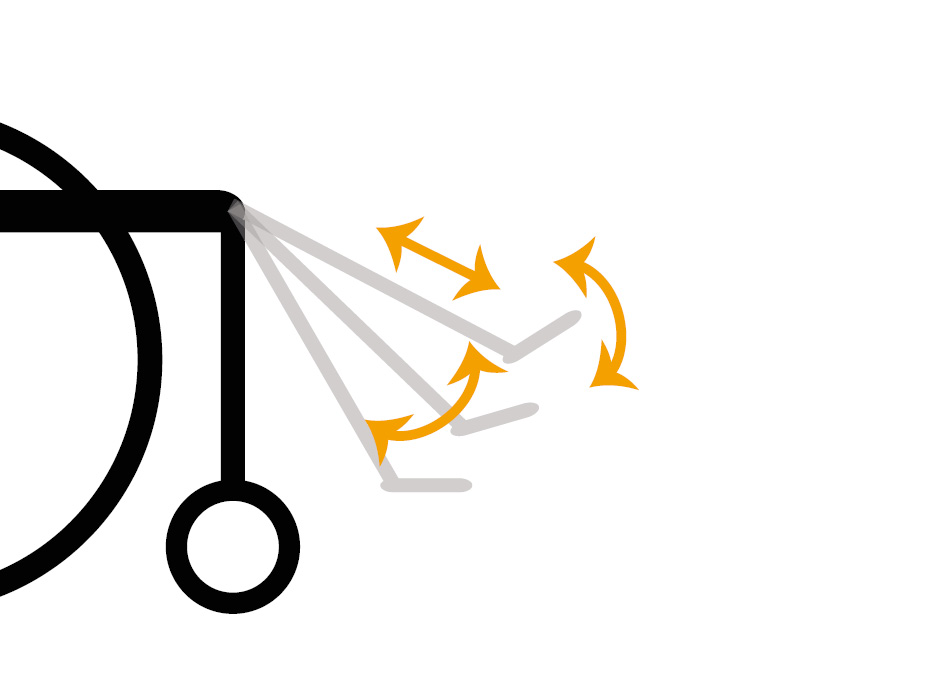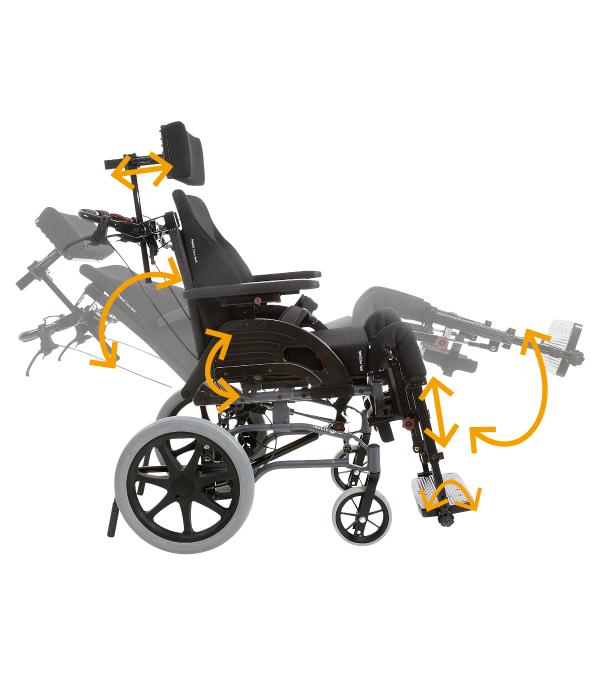Case story based on the Netti 5 Seating Steps
The Netti 5 Seating Steps is part of the Netti Method to secure a good seating position for each user. The Netti 5 Seating Steps is an approach developed according to best practice and under consideration of current research and findings.
STEP 1: Clarify expectations and challenges
Focus on the expected functions:
- Both users and caregivers want focus on skin protection because the user has a stage 1 pressure sore in the buttock area.
- You want to reduce the number of repositioning and ensure a longer upright sitting position.
STEP 2: Observe and assess the user’s situation
What do I see? When do I see it? Why do I see it?
- The user is diagnosed with Huntington's Chorea with recurring involuntary movements.
- The movement of the limbs, hip and head have been evaluated and were found to show free movements but with involuntary movements with extension movements.
- It has been found that the user throws the head and upper body backwards, pushes the pelvic forwards and hyperextends the hip, knees and feet.
- The extension of the body leads to loss of optimum seating position and causes the user to slide out of the static wheelchair. This sliding creates increased shear- and pressure forces which can be the case for the pressure ulcer stage 1, at the buttocks.
- Body measurements like height, weight, seat width, seat depth and back height have been recorded.
STEP 3: Define seating strategy and set SMART goals
Use SMART – Specific, Measurable, Acceptable, Realistic, Time
- Improve the current seating position to prevent sliding and the therefrom resulting risk for pressure ulcer.
- Stabilize and guide the flow of the involuntary movements.
- Reduce the load on the head and the neck. Check for tension and discomfort in the neck muscles after 1 month
- Allow the user to move the back and hip into extension. Reduce the peak forces at the back and check for pain relieve at the spine in 1 month.
- Extend the user's possibility to take part in everyday activities like trips and excursions to prevent the user from feeling isolated.
STEP 4: Create seating solution
How do I reach the objectives? (Wheelchair, accessories)
- It has been found that the best solution is a Netti Dynamic CED chair.
- Dynamic seat to allow the movement in the hip area.
- Dynamic back to allow movement of the upper body and to help to position and keep the user in the prior adjusted optimum seating position.
- The Dynamic seat- and back will guide the user back to the original optimum position and avoid the sliding out of the wheelchair.
- The dynamic leg supports with a reinforced aluminum foot board equipped with ankle huggers can guide the legs back in the original position.
- Extra upholstery of arm supports and leg supports to prevent the user from getting hurt during the involuntary movements.
STEP 5: Evaluate
Are the goals reached? Look at step 1 and step 3
Short term:
- Seating posture has been improved from the static to the dynamic wheelchair.
Long term:
- Improved skin protection through correct pelvic positioning and reduction of the risk of sliding. The user has no pressure ulcer at present.
- Seating time has increased with 1,5 hour per day.
- Mobility, secure transport possibility and participation in everyday life activities have been made possible with the dynamic wheelchair system.


